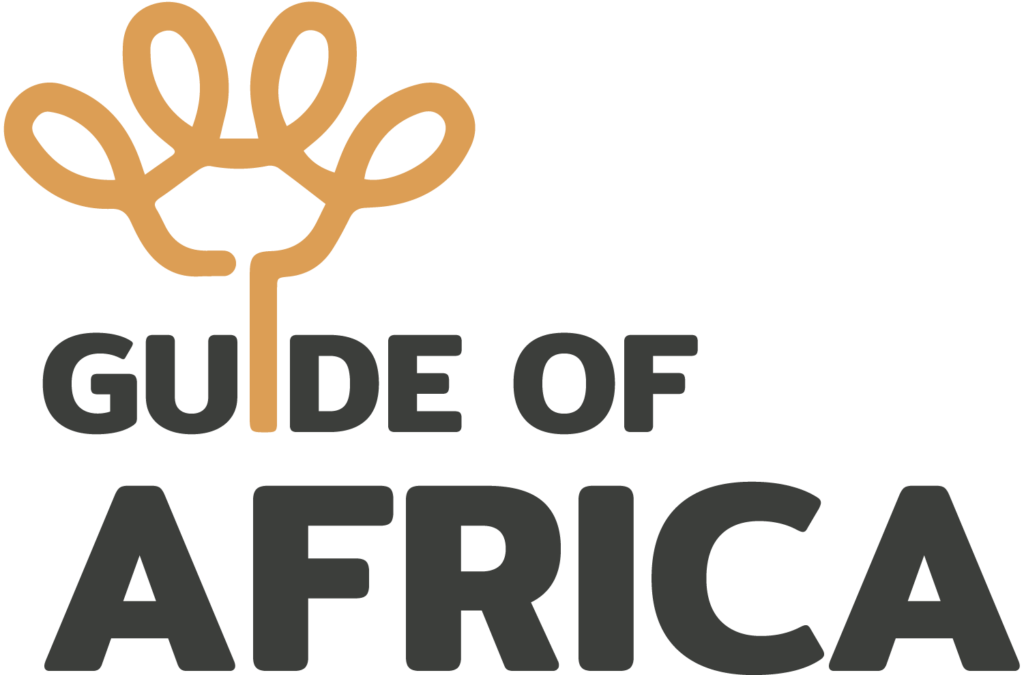Madagascar, a vast island nation located off the southeastern coast of Africa, is a sanctuary of biodiversity unlike any other in the world. Approximately 90% of all species found on the island are endemic, making it a unique hotspot for wildlife enthusiasts and conservationists alike. This article delves into the fascinating world of Madagascar’s most iconic wildlife, particularly focusing on its lemurs and chameleons, while also highlighting their natural habitats and the critical conservation efforts in place to protect these irreplaceable treasures.
Table of Contents
The Majestic Lemurs of Madagascar
Lemurs are the crown jewels of Madagascar’s wildlife. These charismatic creatures are not only a key tourist attraction but also play a vital role in the ecosystems of the island. With more than 100 species, lemurs come in various sizes and colors, and they are found almost exclusively on Madagascar.
The smallest of these, the mouse lemur, can fit in the palm of your hand, while the largest, the indri, can be as big as a child. Lemurs are primarily arboreal, spending most of their time in the treetops. Their diets are as varied as their species, ranging from fruit and leaves to insects and small vertebrates. However, habitat destruction and hunting pose significant threats to their existence. The indri, for example, is critically endangered, largely due to deforestation and fragmentation of their forest habitat.
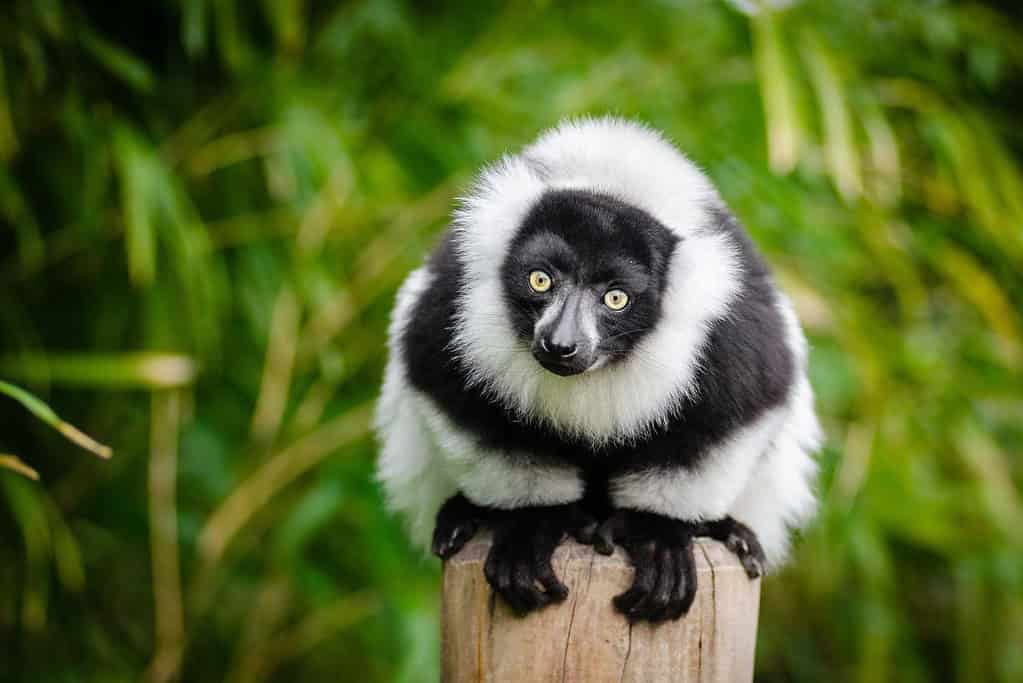
Conservation groups are actively working to protect these precious primates. Programs include habitat preservation, reforestation projects, and breeding programs in captivity. Ecotourism also plays a crucial role in conservation efforts, as it raises awareness and generates revenue that supports the protection of lemur habitats.
Chameleons: Masters of Camouflage
Madagascar is home to about half of the world’s chameleon species, making it an essential habitat for these fascinating reptiles. Chameleons are famous for their ability to change color and their extruded eyes, which can move independently of each other. This unique combination allows them to blend into their surroundings and spot predators and prey at almost any angle.
One of the most spectacular species is the panther chameleon, known for its vibrant colors and sizeable physical structure. Chameleons are primarily found in Madagascar’s rainforests, but many species also thrive in its dry forests and even the more arid southern regions.
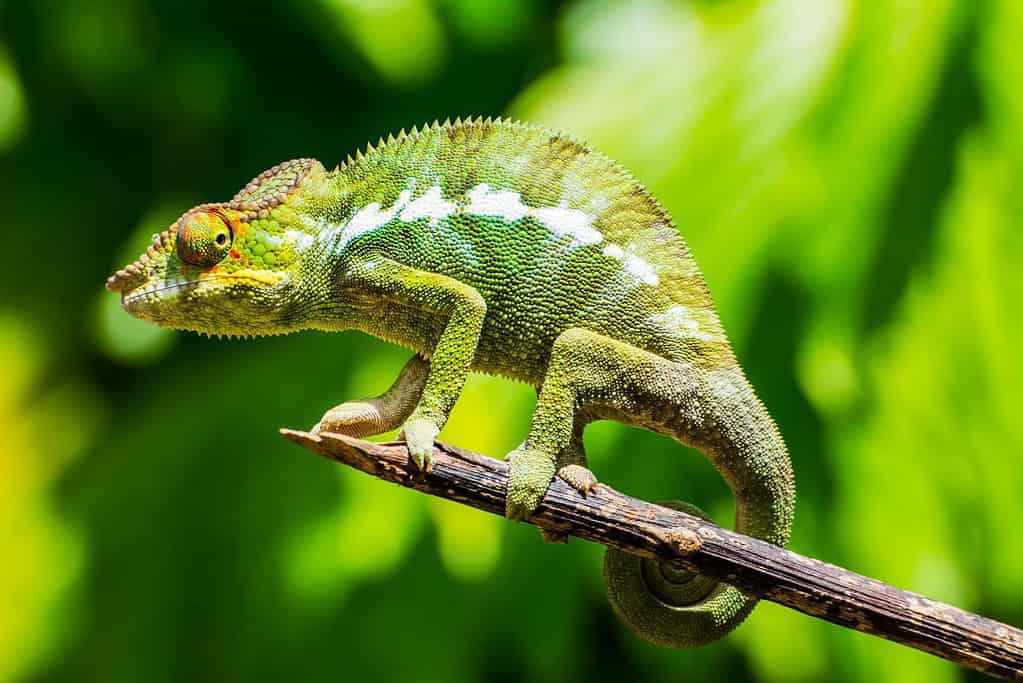
Despite their adaptability, chameleons face threats from habitat loss and the pet trade. Many species are harvested from the wild to meet demand in the exotic pet market, which significantly depletes local populations. Conservationists are working to regulate trade and promote sustainable practices, including captive breeding and strict monitoring of wild populations.
Conservation Efforts: Preserving Madagascar’s Natural Heritage
The conservation of Madagascar’s wildlife is fraught with challenges, including political instability, poverty, and lack of education about environmental issues. Conservation organizations, both local and international, are engaged in multifaceted strategies to address these challenges.
Preservation of natural habitats is one of the primary focus areas. Organizations like the Madagascar National Parks have established protected areas to conserve biodiversity hotspots. These parks not only safeguard the habitats of lemurs, chameleons, and other wildlife but also offer a controlled environment for scientific research and eco-tourism.
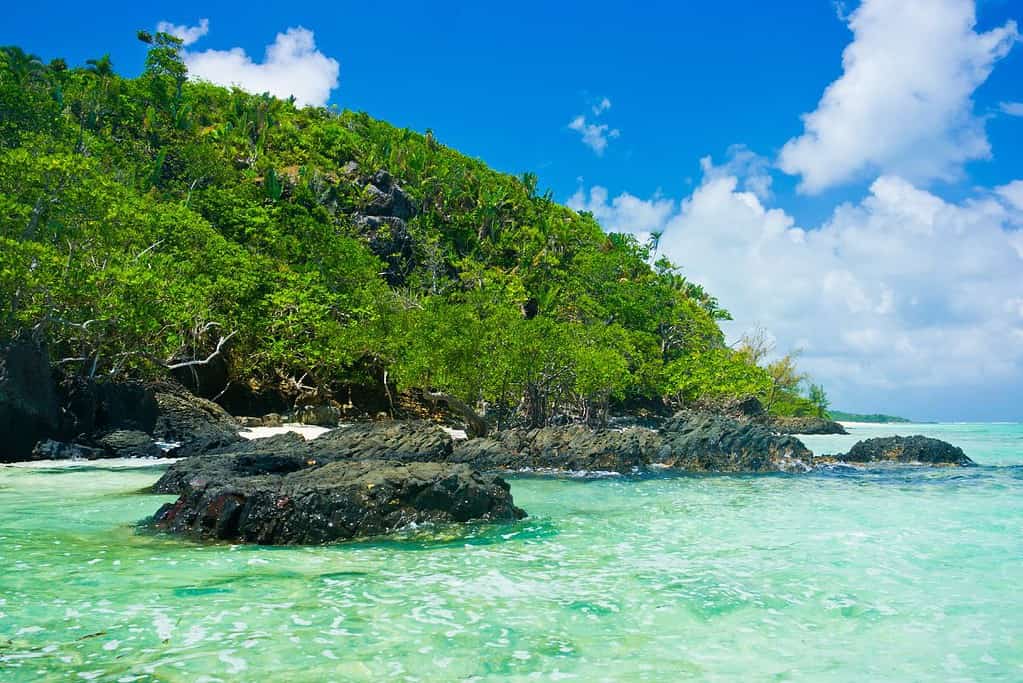
Community involvement is another critical component of successful conservation. Many initiatives aim to educate the local population about the value of their natural heritage. By involving local communities in eco-tourism and conservation efforts, these programs promote sustainable economic alternatives to deforestation and poaching.
Innovative Conservation Strategies
Madagascar’s conservationists are continually developing innovative strategies to combat environmental challenges. One such approach is the establishment of wildlife corridors that connect isolated forests, allowing animals like lemurs to migrate safely between habitats. This not only helps maintain genetic diversity but also restores the ecological balance.
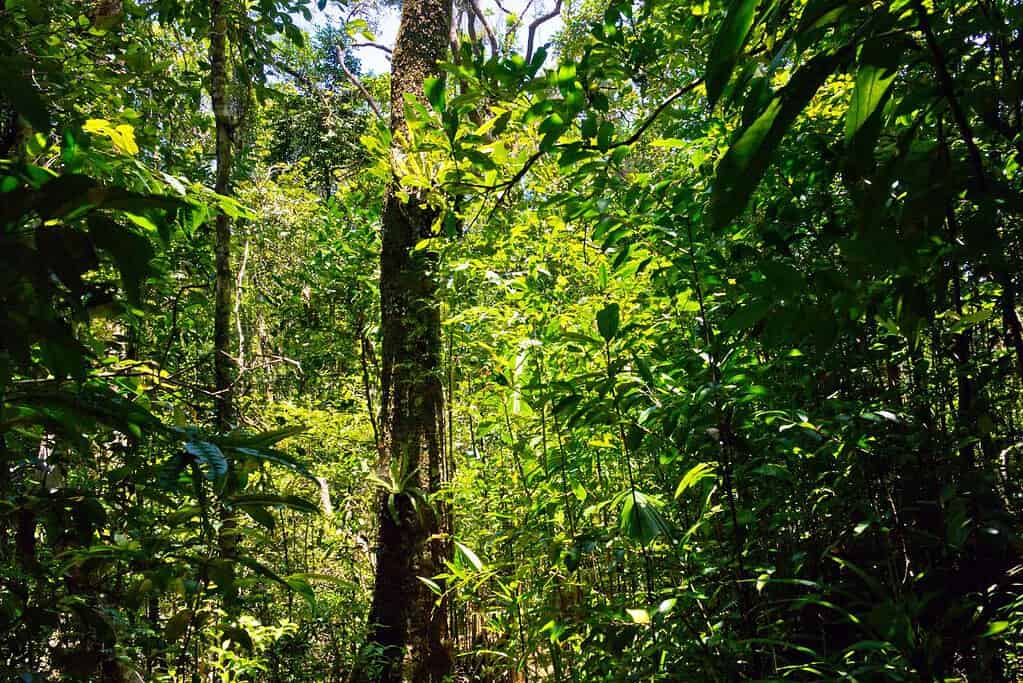
Another innovative strategy involves the use of technology, such as satellite imaging and drones, to monitor deforestation and wildlife populations. These technologies provide real-time data that can lead to quick responses from conservation teams on the ground.
Conclusion: A Global Responsibility
The unique wildlife of Madagascar not only enriches our planet’s biodiversity but also contributes to the ecological balance of the island’s habitats. The ongoing efforts to protect and preserve Madagascar’s fauna are commendable, but continued support and increased global awareness are crucial. As individuals, supporting products that are sustainably sourced from Madagascar and choosing responsible travel options can contribute to these efforts.
Madagascar’s wildlife is a beautiful and irreplaceable part of the world’s natural heritage. It is our collective responsibility to ensure that future generations will also be able to enjoy and appreciate the wonders of this unique island.
Read the Madagascar article here.
